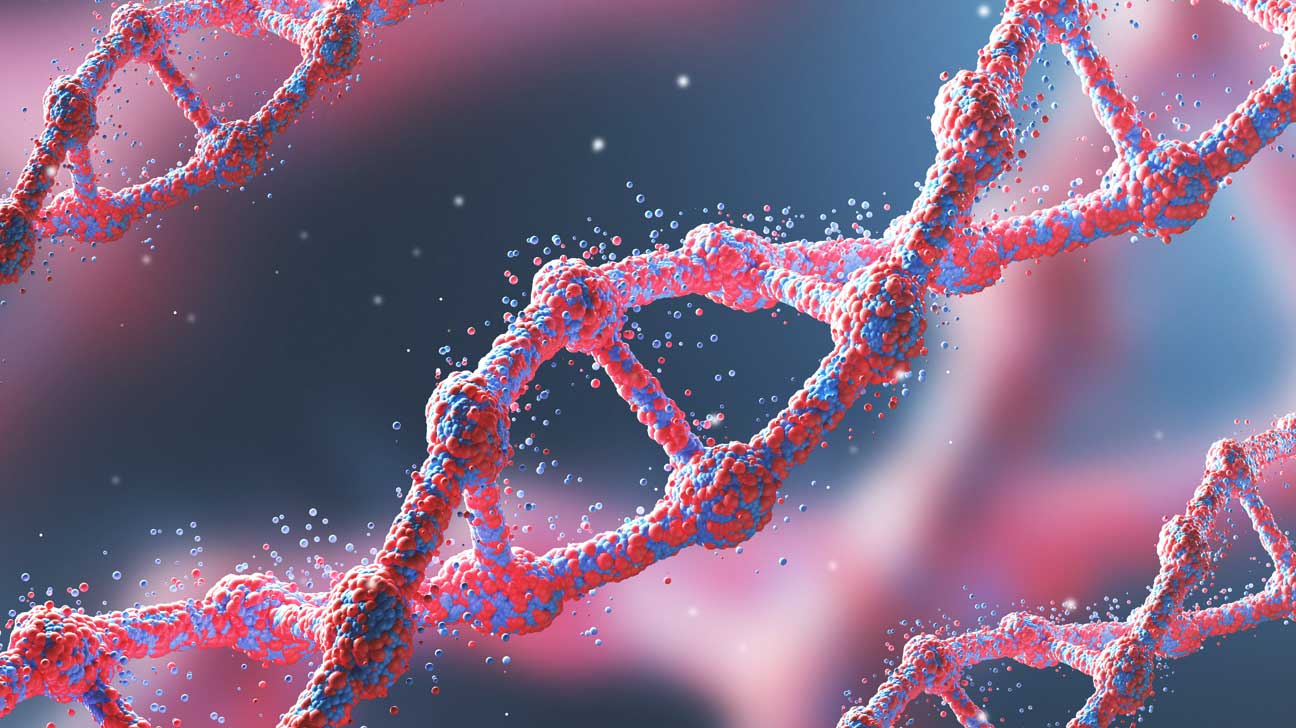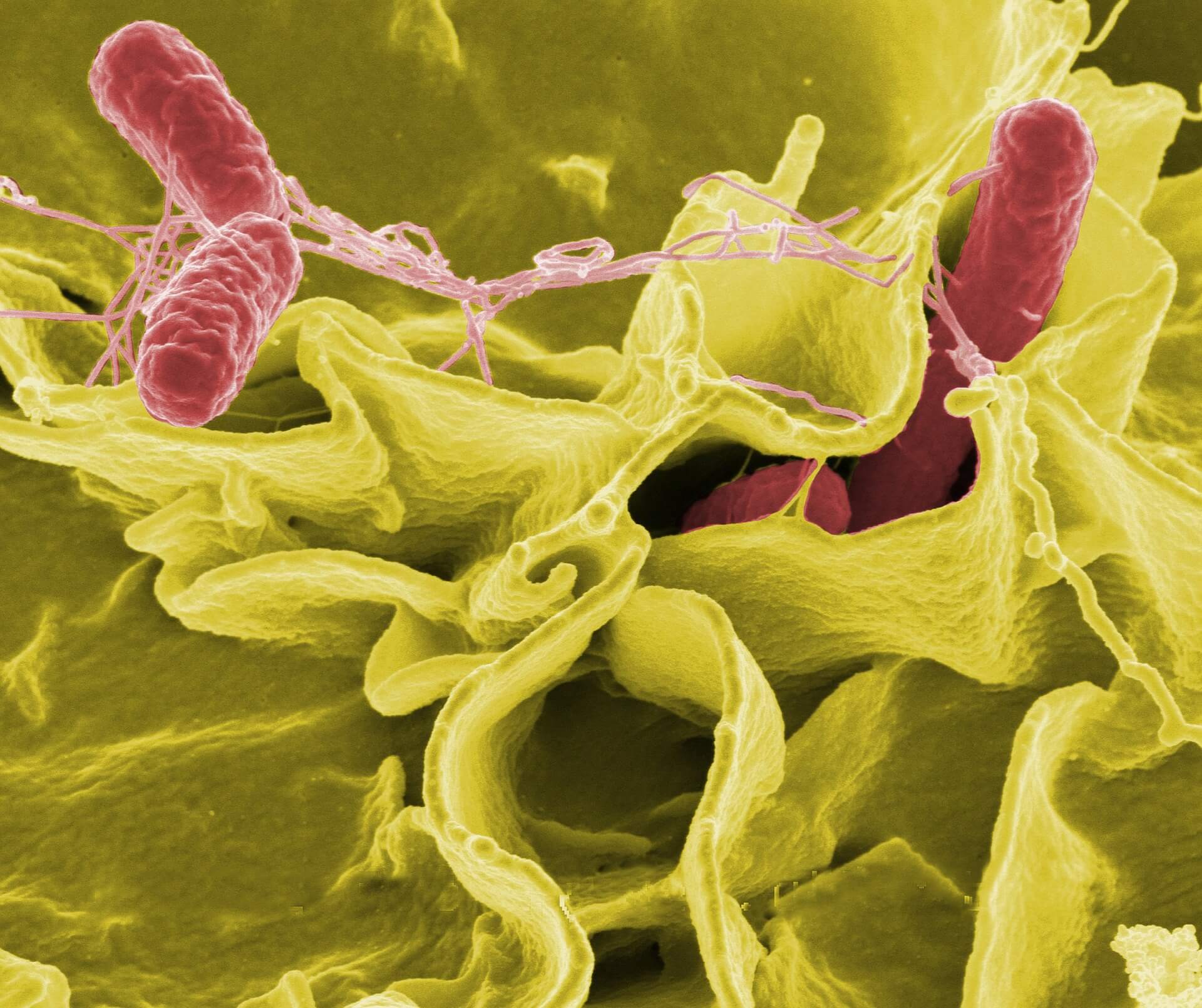
Animals Use Social Distancing to Avoid Disease
Social Distancing to Avoid Disease, Covid-19 is profoundly impacting society, leaving many people wondering whether it will actually work. As disease ecologists, we know that nature has an answer. Animals as diverse as monkeys, lobsters, insects and birds can detect and avoid sick members of their species. Why have so many types of animals evolved such sophisticated behaviors in response to disease? Because social distancing helps them survive.
In evolutionary terms, animals that effectively use social distancing to avoid disease during an outbreak improve their chances of staying healthy and going on to produce more offspring, which also will socially distance when confronted with disease. From ants and bees to mice, monkeys and apes, an array of social animals change their behavior to reduce the risk of spreading infections.
Mandrills also exhibit grooming behaviors in order to maintain their social bonds, as well as their hygiene. However, these highly social primates are strategic about their social distancing behaviors. Because their grooming behaviors are important to keep their standing in society, they avoid contagious group mates, while occasionally increasing their risk of infection by continuing to groom their infected close relatives.
Many types of ants practice a form of active social distancing. Over the course of evolution, some ant species have adapted to abandon their tight knit-groups when they are feeling sick. In these cases, the infected individual’s self sacrifice is seen as an act of public good to protect the rest of the colony and carry forth the genes that will keep the closely related colony thriving in the future.
Bees are another group of social insects whose main goal is to do everything for the greater good of the hive and their queen. So when infected bees are detected within the hive, healthy bees have no choice but to exclude the infected bees by aggressively kicking them out of the hive.












